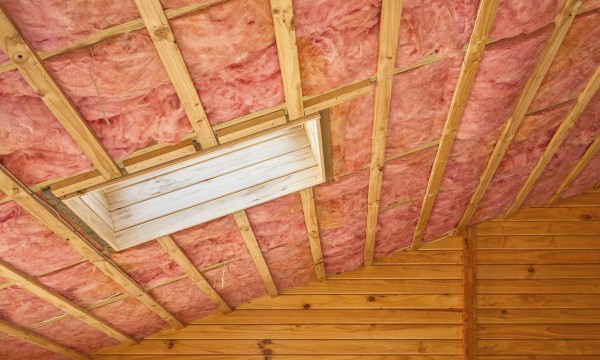Choosing to insulate your walls is an essential part of keeping your home’s temperature regulated, sound-proof from street noise and most importantly, energy efficient. Learn more about the fibreglass option here.
- Browse Categories
- All Tips
-
Home & Garden
- All
- Appliances
- Bathroom
- Cleaning
- Crafts
- Decorating
- Electrical
- Flooring
- Furniture
- Garage Door
- Gardening
- Green Living
- Heating
- Home Alarm Systems
- Home Maintenance
- Home Remedies
- Home Security
- Home Staging
- House Sitting
- Junk Removal
- Kitchen
- Lawn Care
- Lock Systems
- Moving
- Outdoor Living
- Pest Control
- Plumbing
- Renovation
- Roofing
- Snow Removal
- Storage
- Tools
- Tree Service
- Health
- Family
- Travel
- Auto
- More Tips

How to insulate a wall using fibreglass insulation
December 23, 2014

Choosing to insulate your walls is an essential part of keeping your home’s temperature regulated, sound-proof from street noise and most importantly, energy efficient. Choosing not to insulate your home can lead to excessive energy use. One of the most common and cost-effective forms of insulation is batt insulation.
Batt insulation
This type of insulation comes in pre-cut panels and are often used to insulate floors, walls and ceilings. Ever noticed those pink cottony things covering unfinished walls in basements? It's commonly made out of fibreglass and one of the most popular forms of insulation. It tends to be inexpensive and easy to install.
The R-value of insulation
Before delving into the different types and varieties of insulation, it’s important to consider how insulation is measured. Insulation is given what is called an R-value, which translates into how heat-resistant the insulation is. The higher the R-value, the more heat-resistant the insulation will be.
Insulating your walls sounds a lot harder than it really is. Here are a few tips to help you along the way:
- How much batting to you need? Measure total area of the walls you plan to insulate first before you buy the batting. You’ll need to find out what the total area of each wall is as well as the widths between each of the studs. To make things even easier, studs are typically built using uniform spacing, and batting manufacturers have already taken this into consideration. So when you head to the hardware store, you’ll notice that the batting will already be relatively close to the widths you'll need.
- Batting grade: Grades of batting will vary depending on the wall you're insulating. Here is when you’ll need to consider the R-value or the heat resistant value. Interior walls are typically R-13 to R-19. You’ll also find that some grades will typically be accompanied by paper or foil on one side, as these additions act as vapour and air barriers.
- Tools for the installation: No fancy or industrial tools are necessary for the installation of the insulation. A staple gun, utility knife and protective gear (gloves, mask, long sleeves and pants) are all you need.
- Avoid unwrapping the batting at home until you are ready to cut and install it. Although a safe material to work with, little fiberglass particles can get sent up into the air and cause allergic reactions. For people with sensitive skin, the fibres are extremely itchy and can cause rashes, which is why protective gear is important to put on before handling the fibreglass
- When placing the batting against the wall, make sure the face (paper or foil side) is pointing back outward. You may need to tug at the edges outward so it fills the gap entirely.
- The batting is secured by stapling the paper lining to the stud. You want to keep the staples approximately seven inches apart. A thin line of caulking around the batting can help secure it better as well as keep sound from coming through.
- To heighten the insulation ability of the batting, you can add another layer of vapour-retardant poly film over the batting for exterior walls







